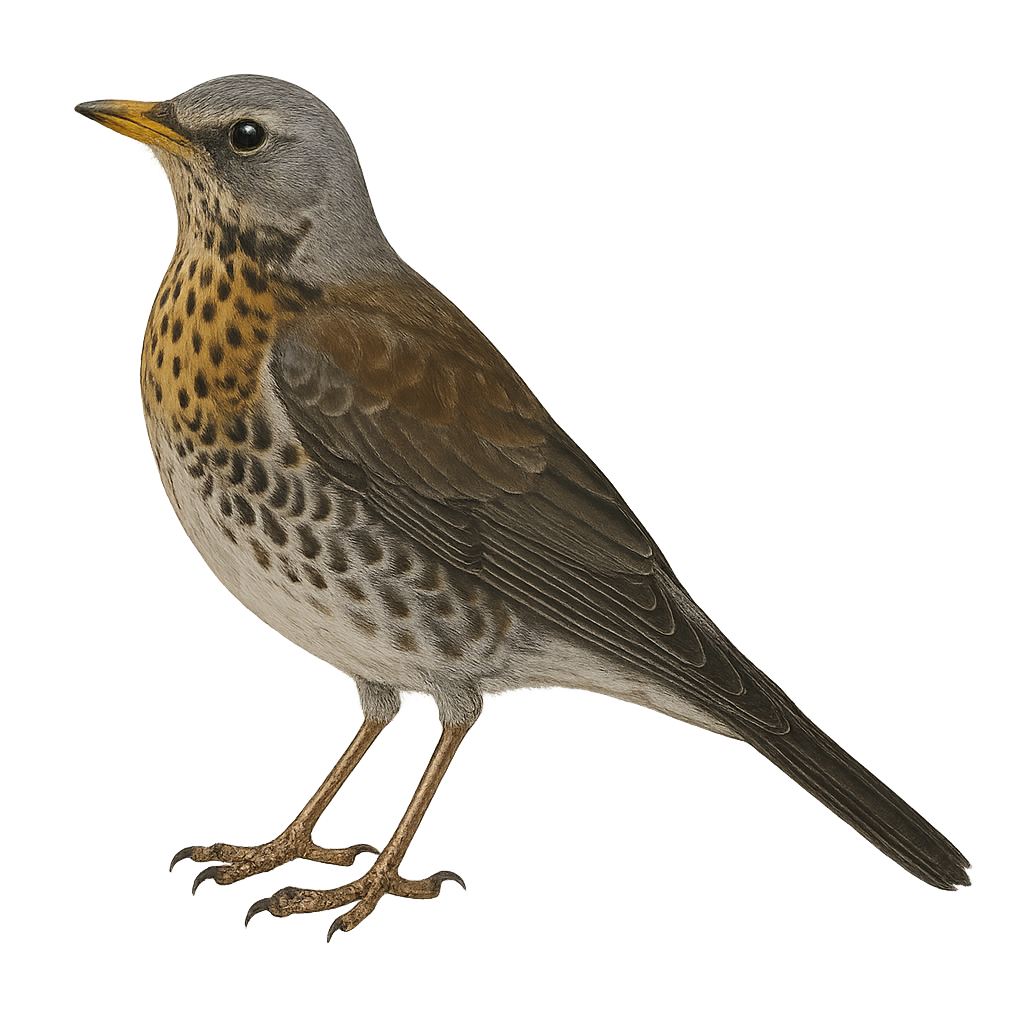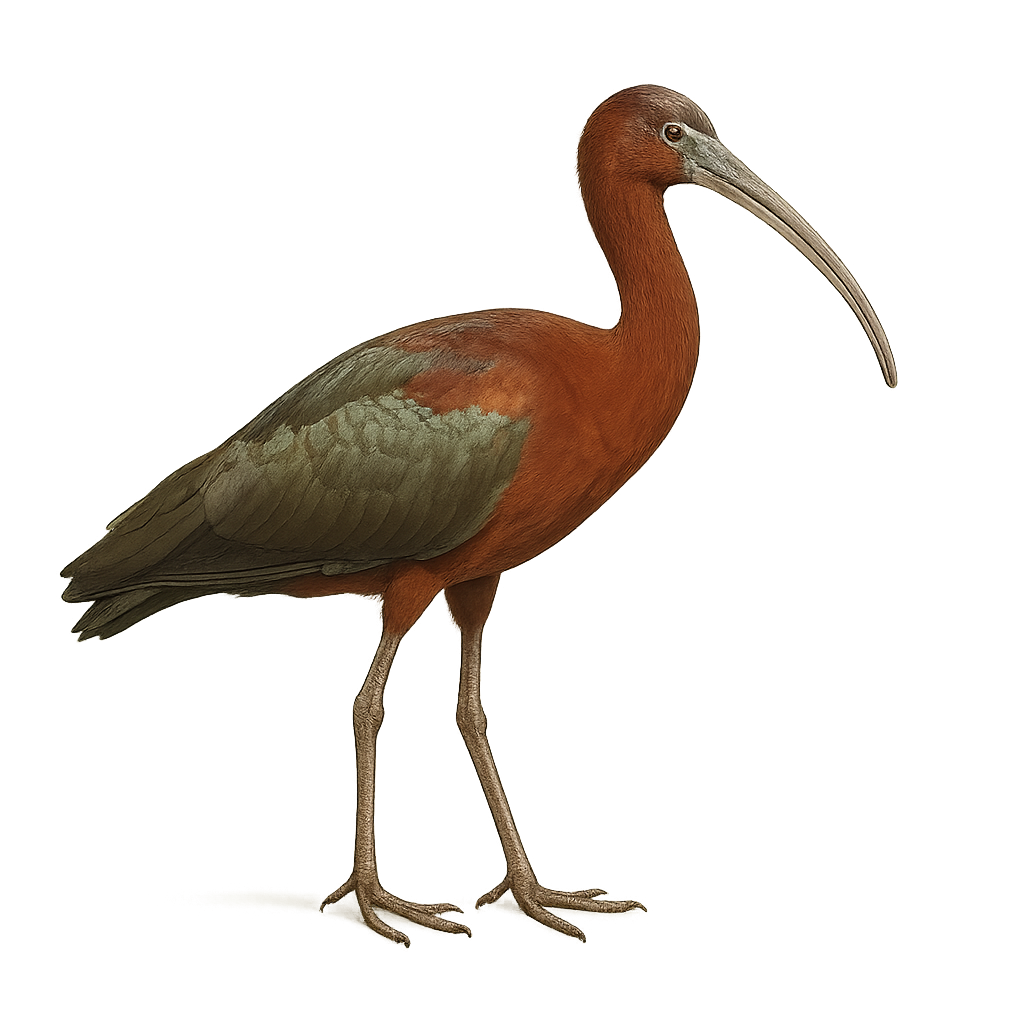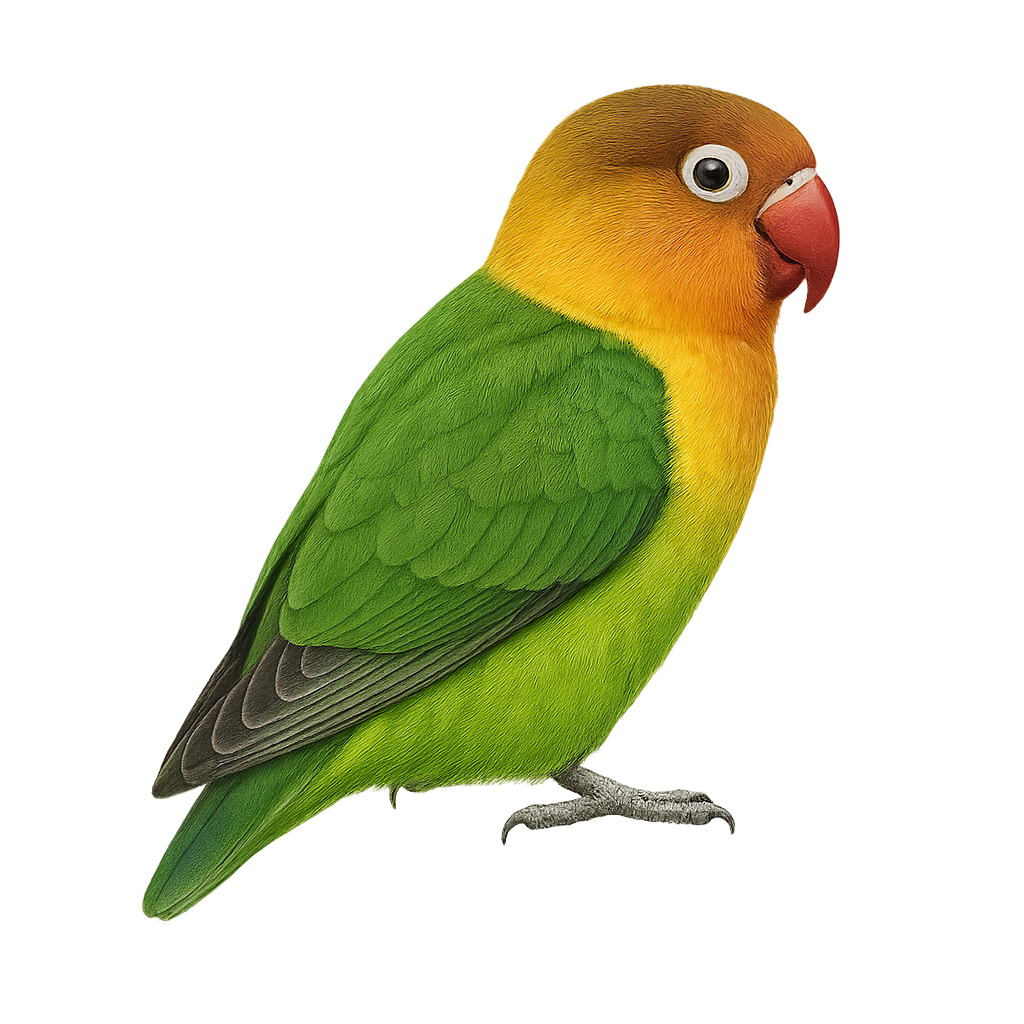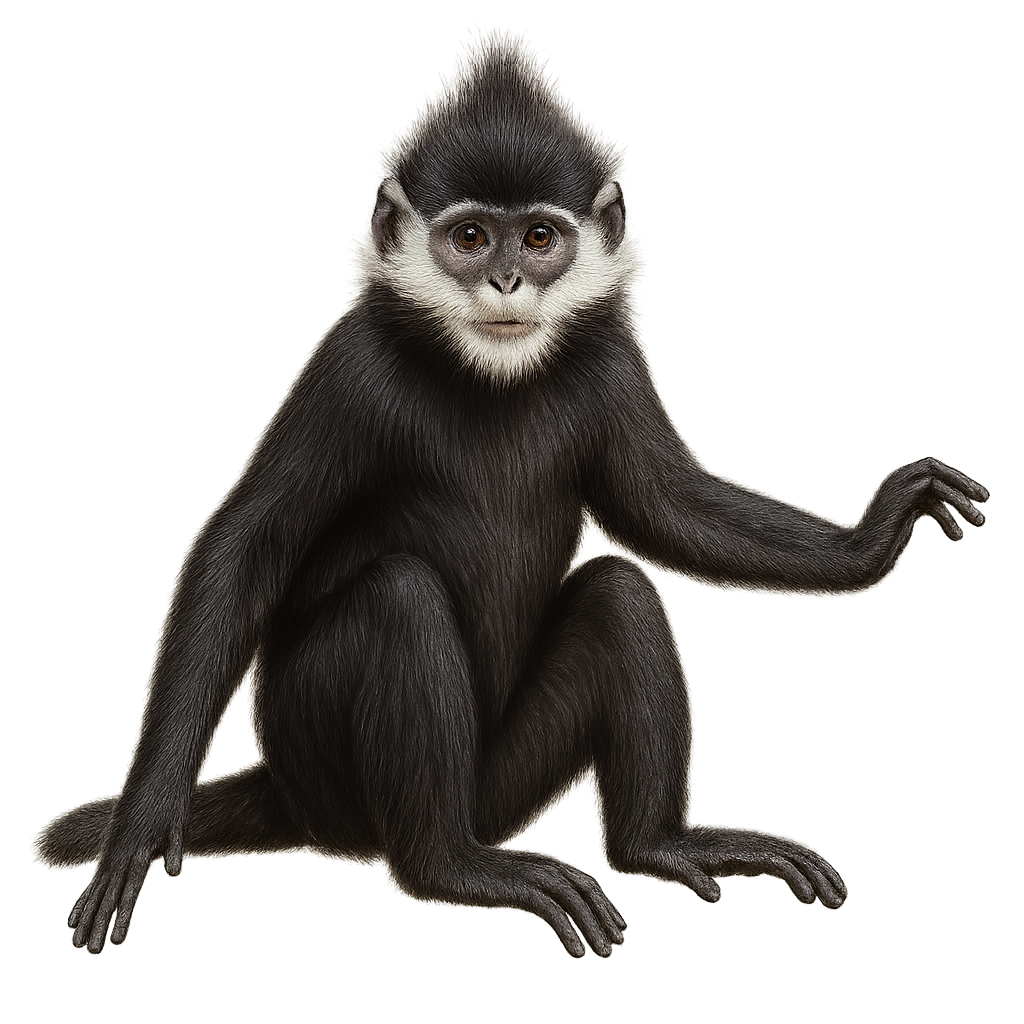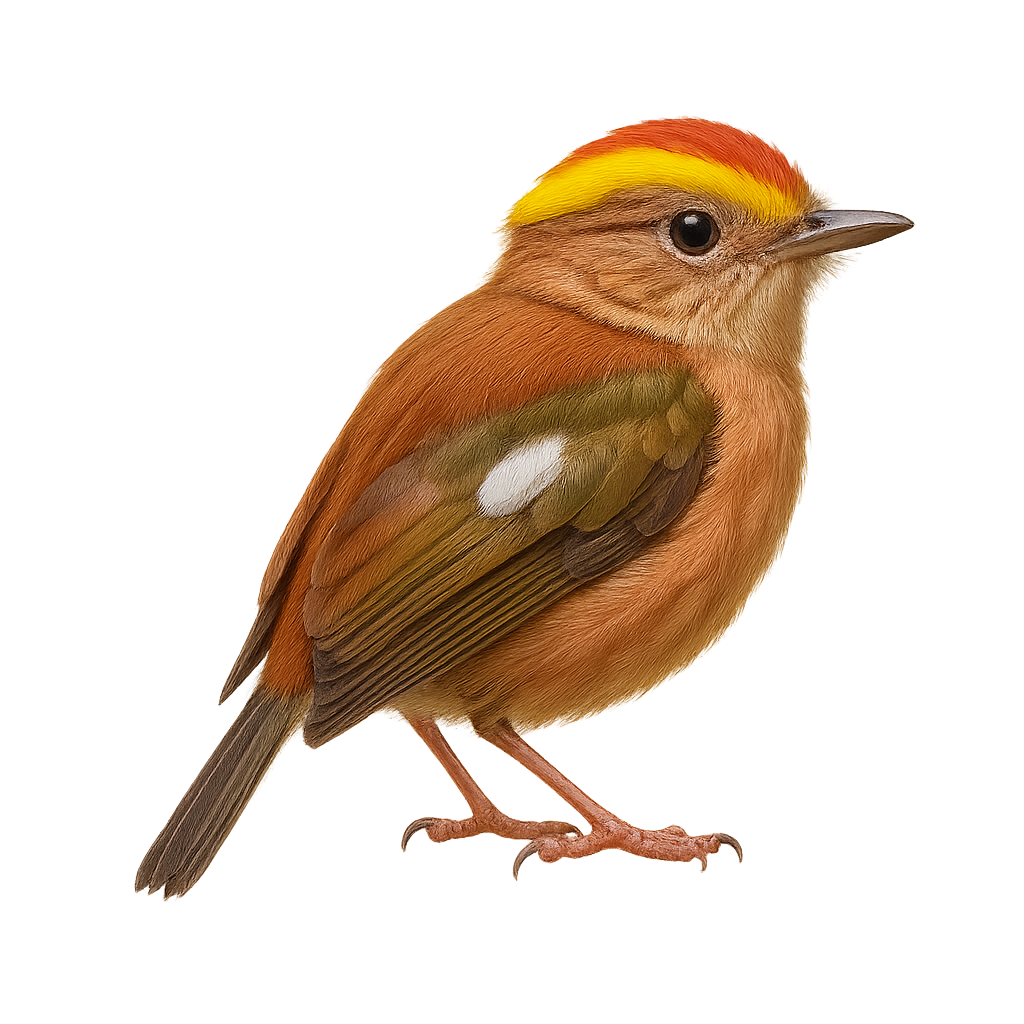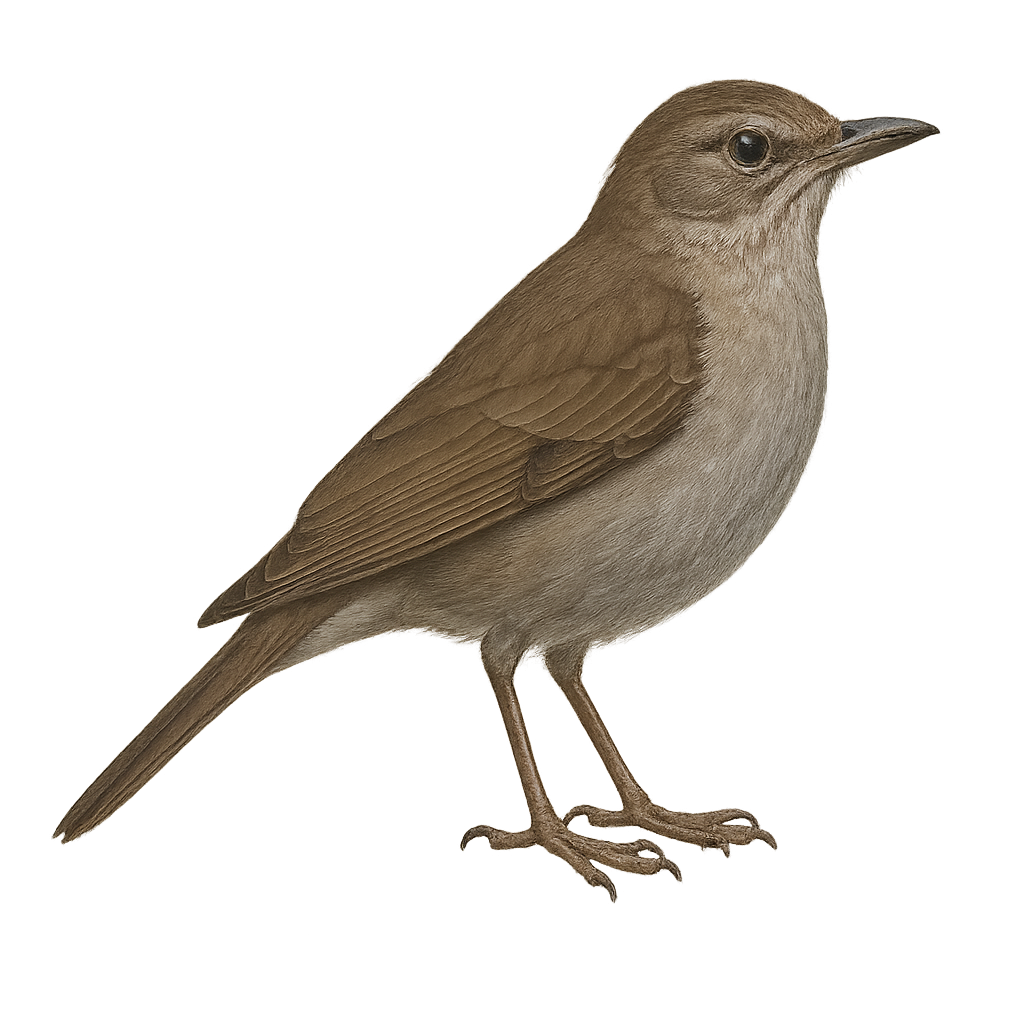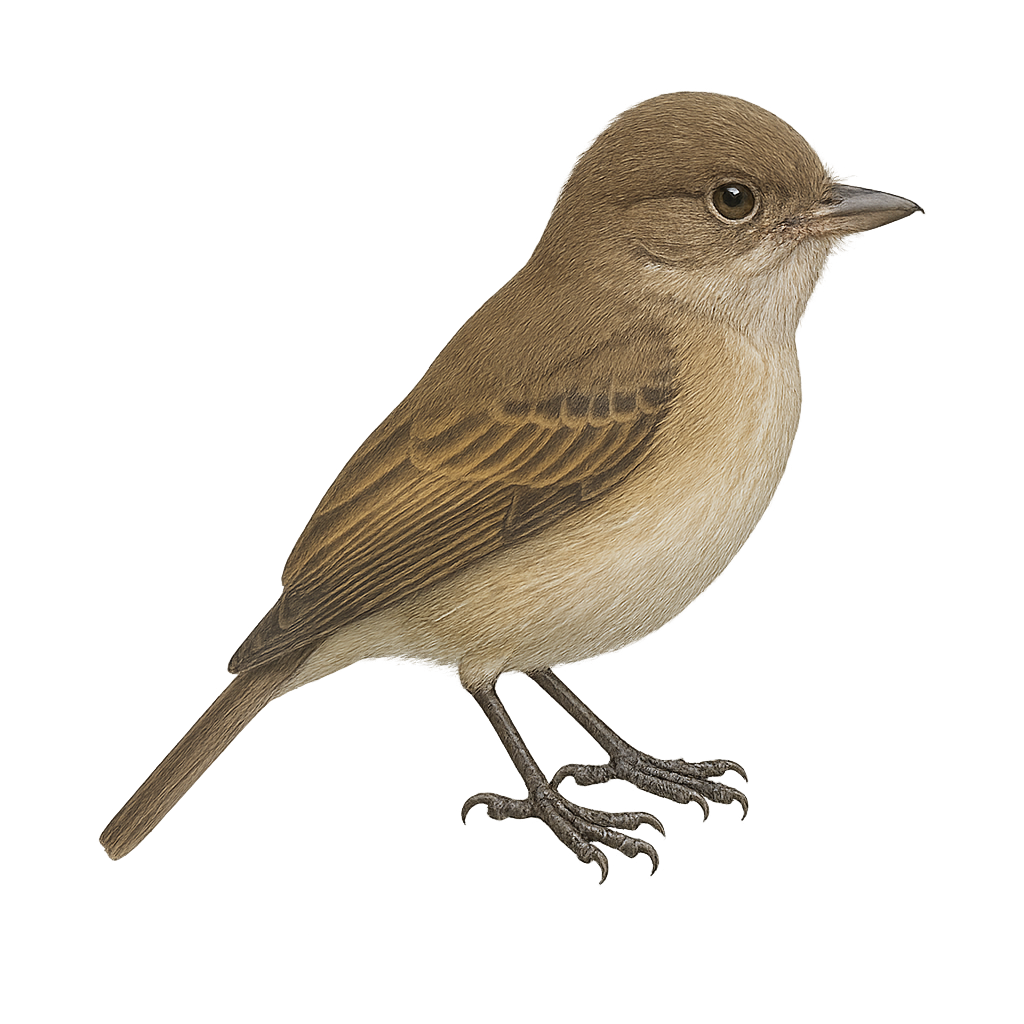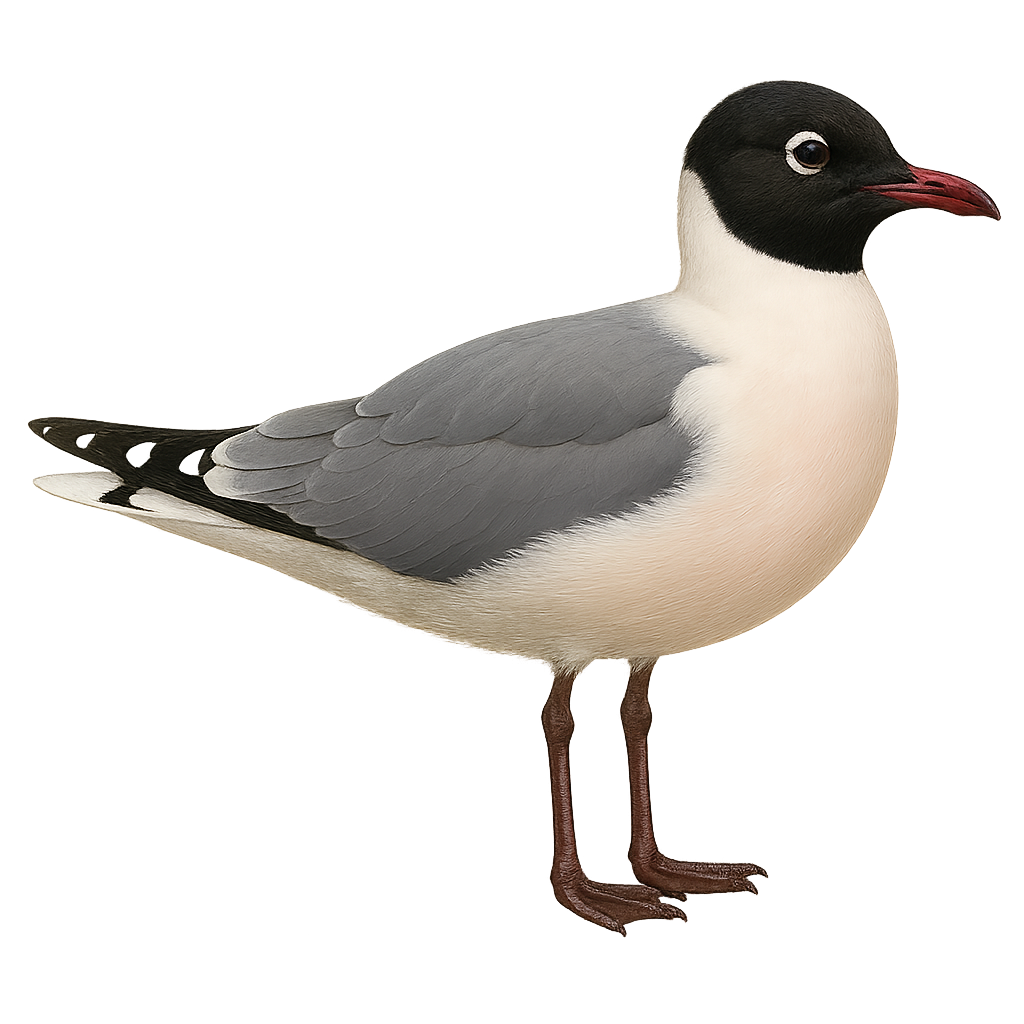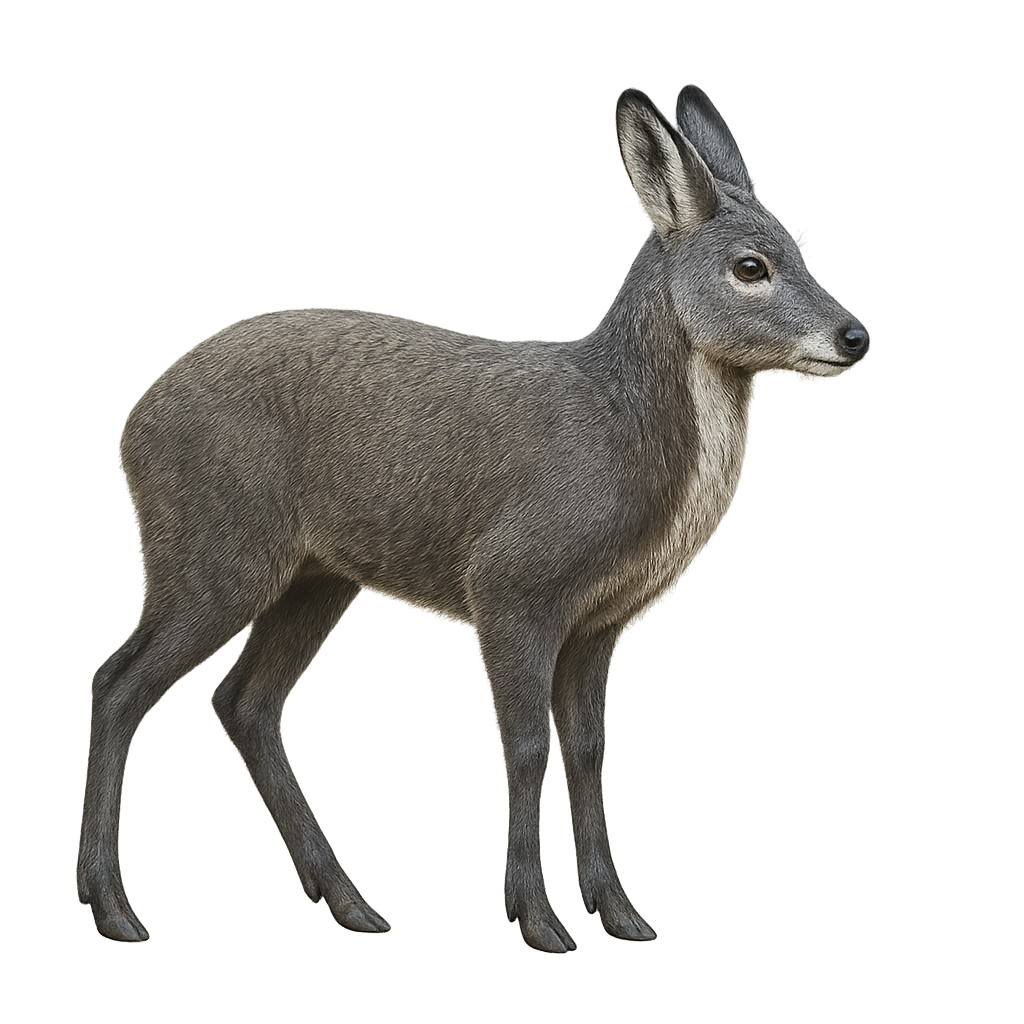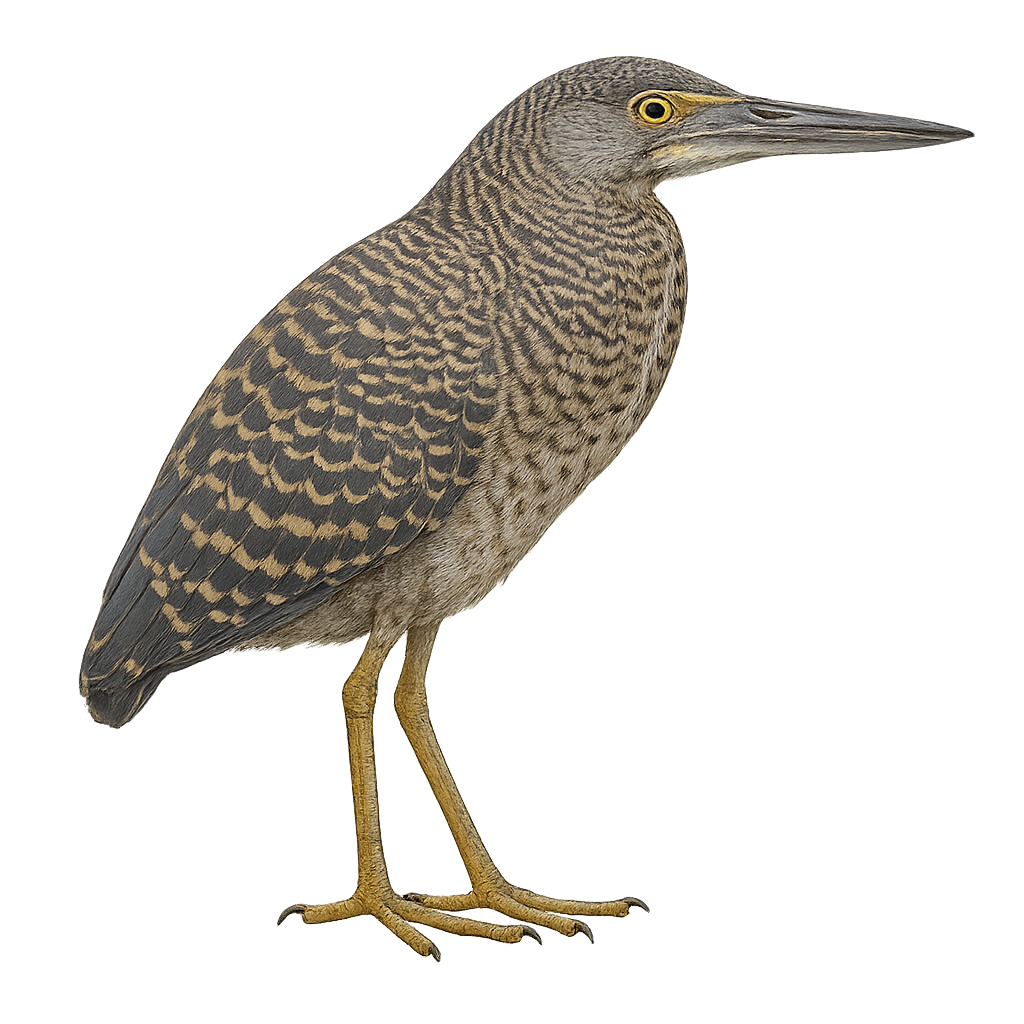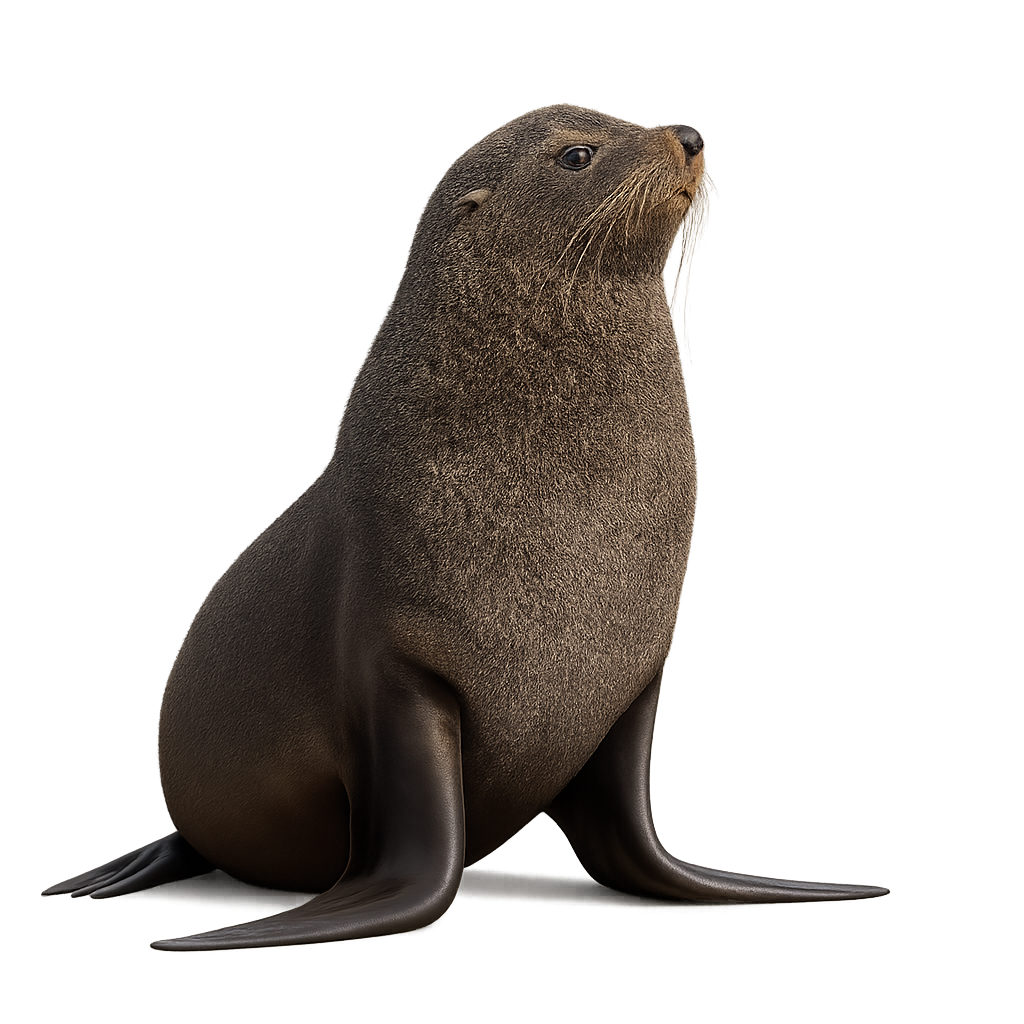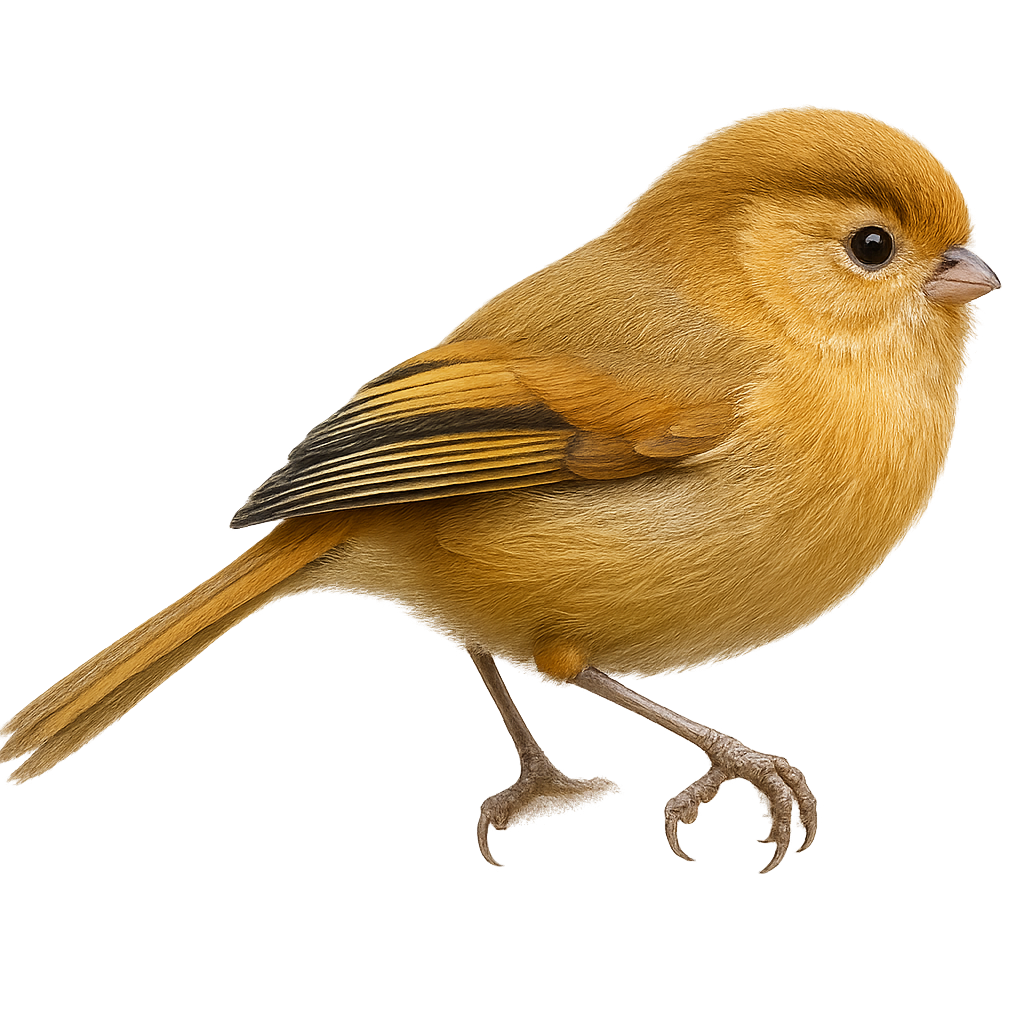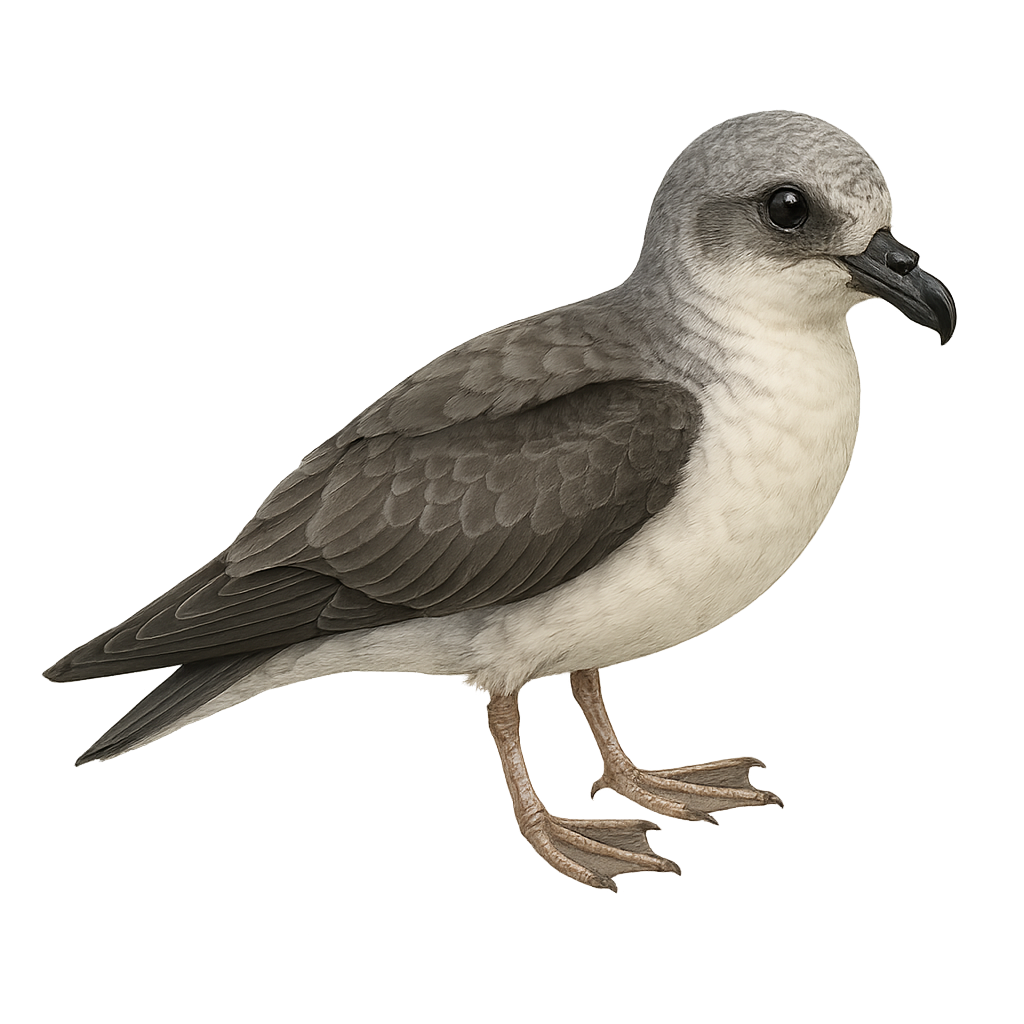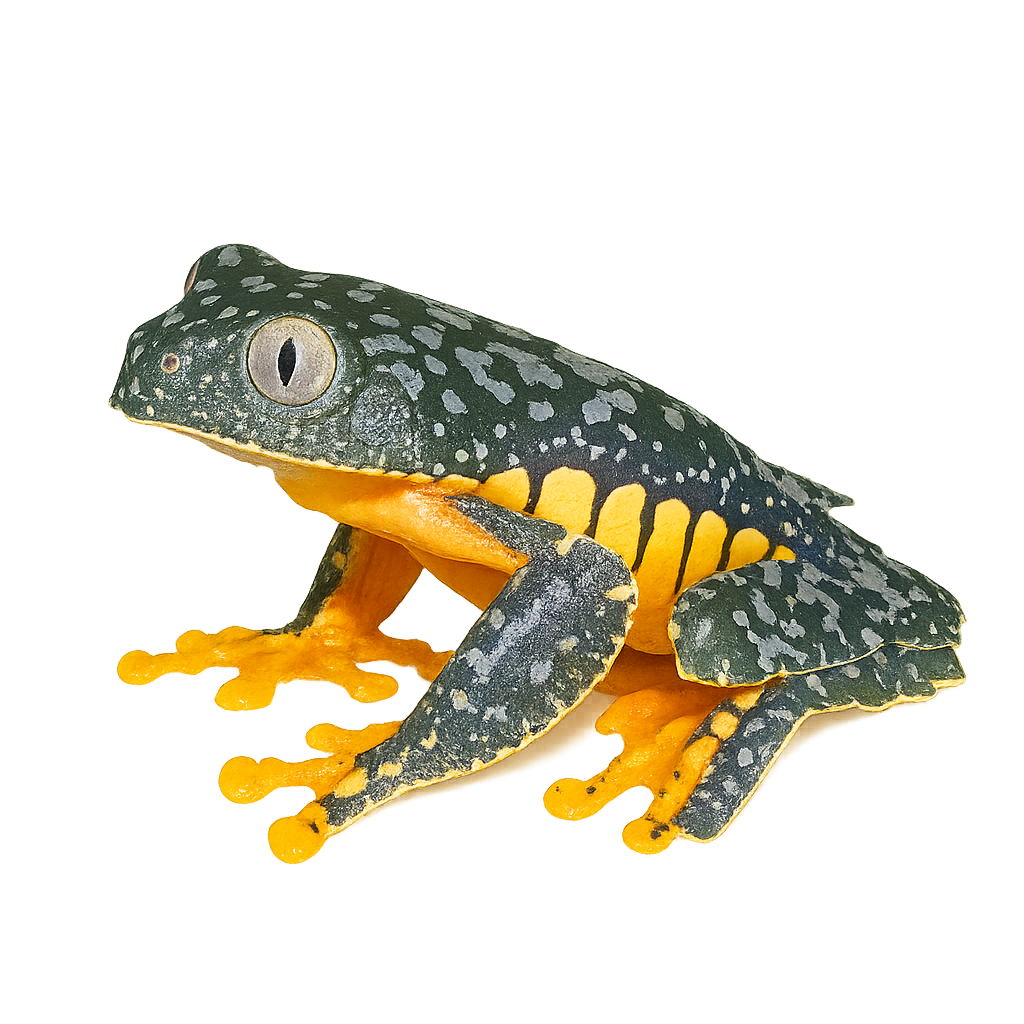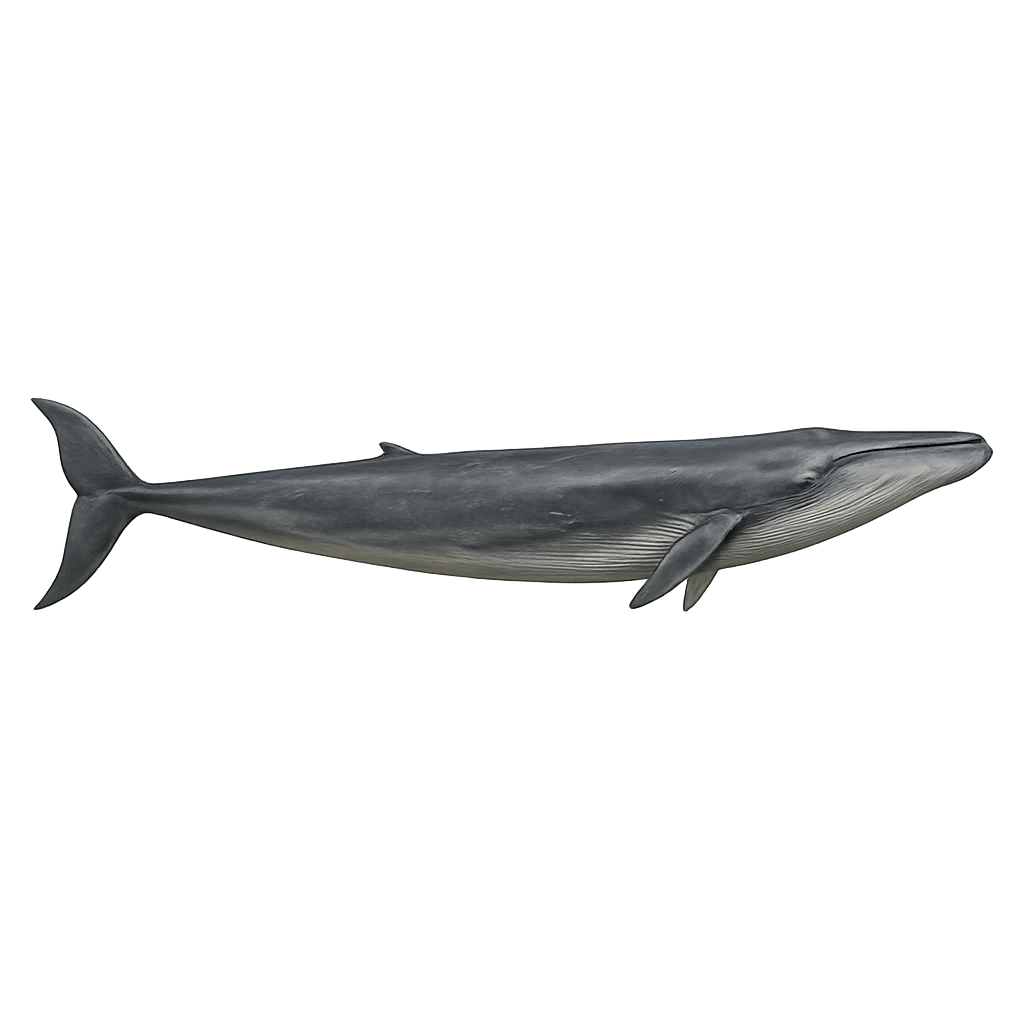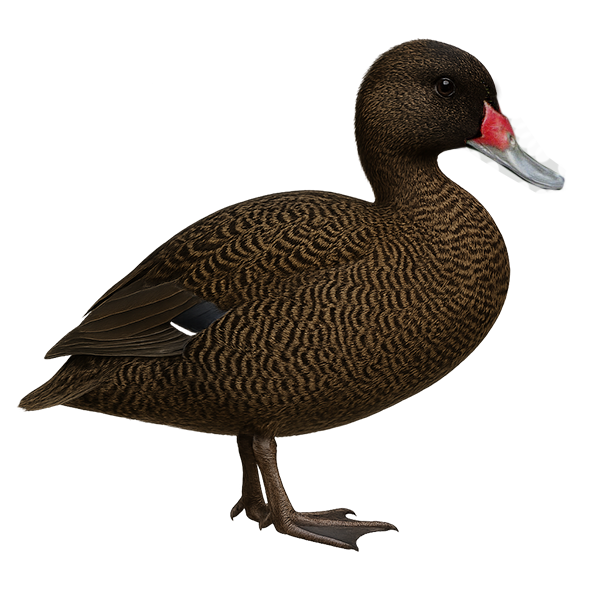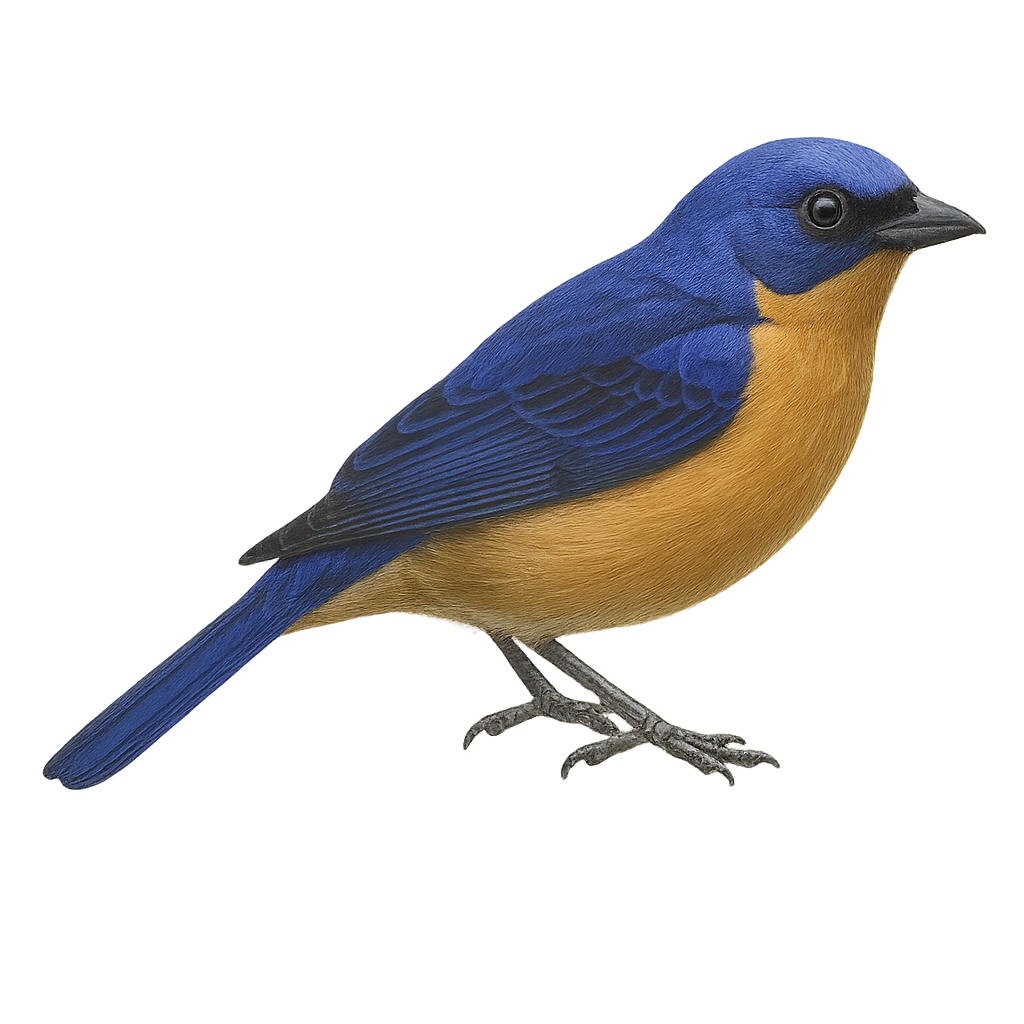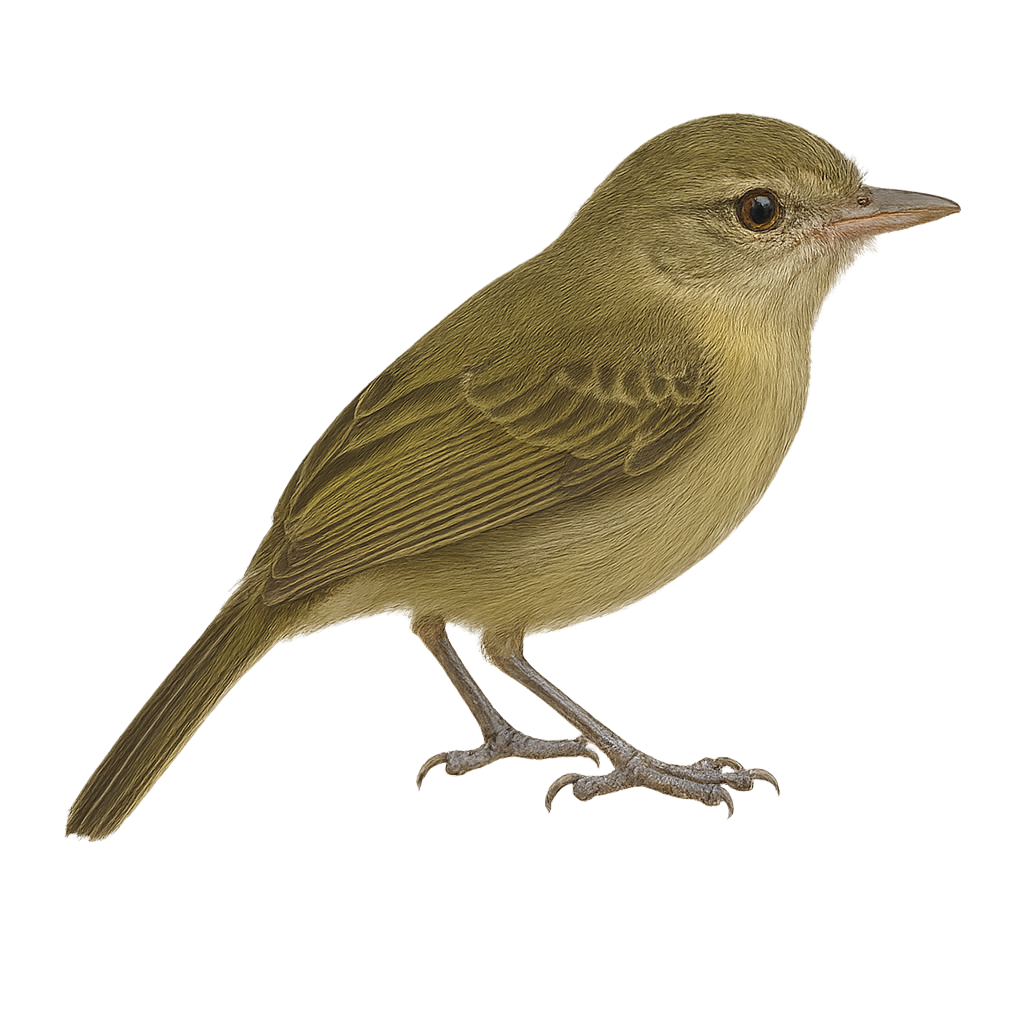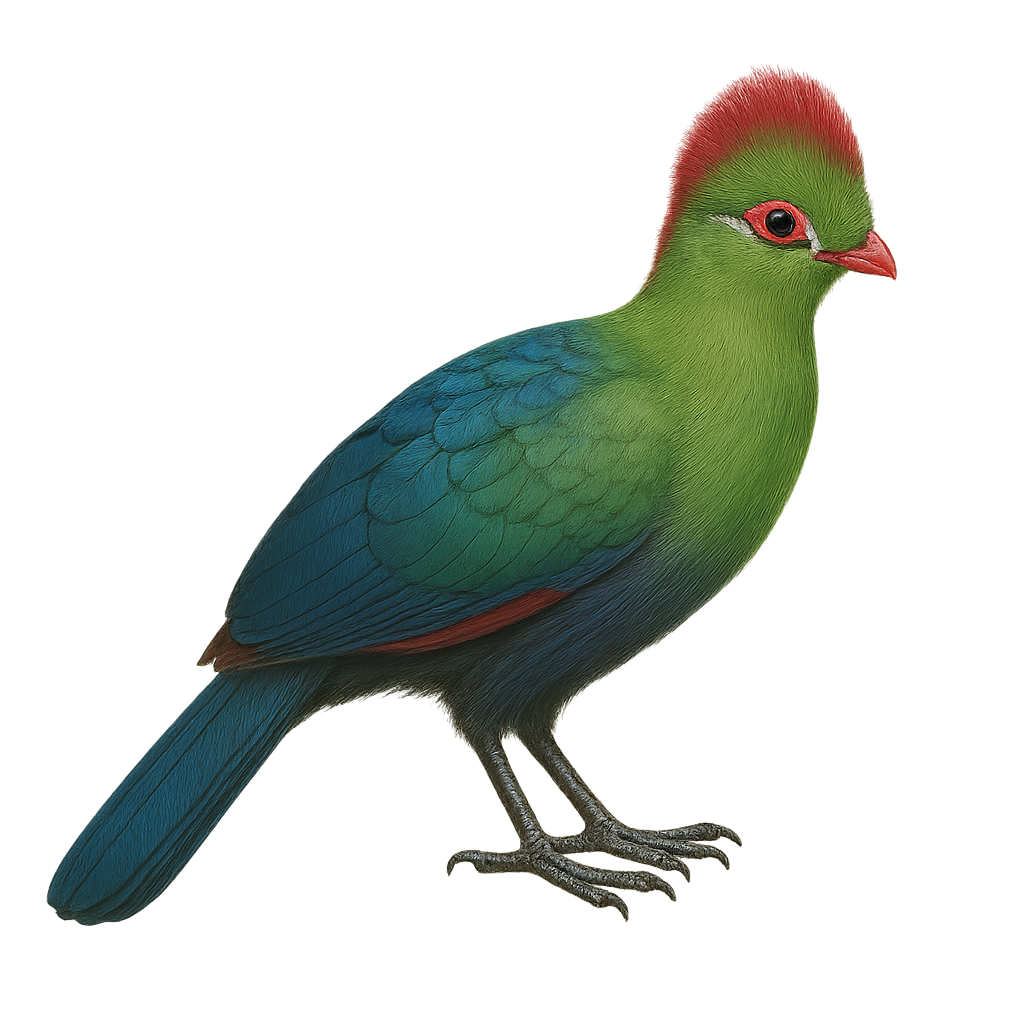Fitzinger's Rain Frog is a terrestrial amphibian species found in the humid tropical forests of Central America, mainly in Costa Rica and Panama. It is known for its rough skin and typically gray-brown coloration, which helps it blend seamlessly into its environment. This frog is nocturnal and prefers to live in damp understory areas, where it hides under dead leaves or rocks. Its small size, combined with its discreet behavior, makes it hard to spot. Unlike other tree frogs, it is primarily terrestrial and spends most of its time on the ground, near temporary water sources where it lays its eggs.
The fieldfare, Turdus pilaris, is a medium-sized bird belonging to the Turdidae family. It is characterized by its grey head and rump, contrasting with a brown back and a white belly speckled with black. This bird is often seen in flocks, especially in winter, when it migrates south to escape the cold. The fieldfare primarily feeds on berries, fruits, and insects, which it finds in meadows, orchards, and open forests. It is known for its melodious song and loud alarm calls when threatened. During the breeding season, it builds its nest in trees, often in loose colonies, and vigorously defends its territory against predators.
The Glossy Ibis is an elegant bird, easily recognizable by its iridescent brown-green plumage and its long, curved bill shaped like a sickle. It measures about 60 to 70 cm in length, with a wingspan of 1.1 to 1.2 meters, and weighs between 350 and 500 g. Its plumage is generally dark, with metallic shades of green and bronze that shine in the light. The Glossy Ibis is also distinguished by its long, slender legs and graceful neck. This bird primarily inhabits wetlands, such as marshes, rivers, and shallow lakes, where it feeds on small aquatic invertebrates, mollusks, insects, and fish. It uses its long, curved bill to probe in the water and mud in search of food. The Glossy Ibis is a migratory species, living in colonies during the breeding season. It is primarily found in Europe, North Africa, the Middle East, and South Asia. While the species is not immediately endangered, it is sensitive to habitat loss and water pollution.
The Fischer's Lovebird is a small, colorful parrot native to northern Tanzania. It is easily recognizable by its bright green plumage, orange head, and red beak. Measuring about 14 cm in length, it is often seen in noisy flocks. These birds are known for their social behavior and ability to form strong bonds with their partners. They primarily inhabit savannas, woodlands, and grasslands, where they feed on seeds, fruits, and berries. Nesting usually occurs in tree cavities, and they are known for their ability to use various materials to build their nests.
The François' Langur, or Trachypithecus francoisi, is an arboreal primate native to the subtropical forests of Southeast Asia, particularly in Vietnam, China, and Laos. This monkey is easily recognizable by its shiny black fur contrasted by a distinctive white band extending from each side of its face. François' langurs live in social groups led by a dominant male and several females. They primarily feed on leaves, fruits, and flowers, making them dependent on dense forests for their diet. Unfortunately, this species is threatened by deforestation and hunting, leading to a significant decline in its population.
The Frill-necked lizard, or Frill-necked dragon, is a fascinating lizard native to the dry and wooded regions of northern Australia. This reptile is famous for its distinctive frill, a fold of skin around its neck that it can extend to impress predators or compete with other males. When threatened, it extends its frill and adopts an aggressive posture, opening its mouth wide to appear larger. The Frill-necked lizard is insectivorous, primarily feeding on insects and small invertebrates, which it captures using its quick tongue. It is also an excellent climber and can move quickly between trees.
The Fiery-capped Manakin, or Machaeropterus pyrocephalus, is a small, colorful bird primarily found in the humid forests of South America. It is easily recognizable by its bright red head contrasting with its olive-green body. Males are particularly known for their spectacular courtship displays, performing complex dances to attract females. These birds are generally solitary but can be seen in small groups during the breeding season. Their diet mainly consists of fruits and insects. Although their habitat is threatened by deforestation, they are currently classified as "least concern" by the IUCN.
The Fea's Thrush, or Turdus feae, is a rare and elusive bird primarily found in the humid forests and wooded areas of São Tomé Island. This medium-sized bird features an olive-brown plumage with lighter shades on its belly. Its melodious and varied song is often heard at dawn and dusk. Although its habitat is limited, it plays a crucial role in the local ecosystem by aiding in seed dispersal. The Fea's Thrush is a vulnerable species due to deforestation and habitat loss. Its conservation is vital to maintaining the ecological balance of its insular environment.
The Fuscous Flycatcher, or Cnemotriccus fuscatus, is a small passerine bird belonging to the Tyrannidae family. It is primarily found in the tropical and subtropical forests of South America, particularly in Brazil, Argentina, and Bolivia. Its plumage is generally brown with lighter shades on the belly, allowing it to blend into its surroundings. This bird is known for its distinctive song, often heard at dawn. It feeds mainly on insects, which it catches in flight. The Fuscous Flycatcher is a territorial bird, often seen alone or in pairs. Although not currently threatened, deforestation could impact its natural habitats.
The Franklin's Gull, Leucophaeus pipixcan, is a medium-sized bird known for its black head during the breeding season, red bill, and red legs. Its plumage is mainly white with gray wings and black wingtips. Often seen in large flocks, especially during migration, it originates from the North American prairies and migrates to South America for the winter. It primarily feeds on insects, small fish, and crustaceans, catching them in flight or while swimming. The Franklin's Gull is known for its sharp calls and graceful flights. It nests in colonies in marshes and shallow lakes, building floating nests with aquatic vegetation.
The forest musk deer, or Moschus berezovskii, is a small deer native to the mountainous forests of China and Vietnam. This mammal is particularly known for its musk gland, used in perfumery. It is characterized by its small size, long slender legs, and prominent canines in males. Its thick brown fur allows it to camouflage effectively in its natural habitat. Primarily nocturnal, it feeds on leaves, grasses, and lichens. Although discreet, it plays a crucial role in its ecosystem by participating in seed dispersal. Unfortunately, it is threatened by illegal hunting and habitat destruction, leading to a decline in its population.
The Zonerodius heliosylus, commonly known as the Forest Bittern, is a rare and elusive bird primarily found in the tropical forests of New Guinea. This medium-sized heron features dark brown plumage with streaked patterns, allowing it to blend seamlessly into its wooded surroundings. It is often solitary and feeds mainly on small fish, aquatic insects, and crustaceans. Its ability to remain motionless for extended periods makes it an effective predator. Although little studied, it is known for its shy nature and discreet behavior, making it difficult to observe. Its conservation is concerning due to increasing deforestation in its natural habitat.
The Fur Seal, also known as the hair seal, is a marine mammal primarily found along the coasts of the Southern Hemisphere, particularly in Australia, South Africa, and subantarctic islands. It measures between 1.5 and 2.5 meters in length and weighs between 200 and 350 kg. Its dense and waterproof fur, which gives it its name, consists of short, soft hairs covering a layer of subcutaneous fat that insulates it from the cold. The Fur Seal is an excellent swimmer, capable of diving to significant depths to feed on fish, cephalopods, and crustaceans. It lives in colonies, forming strong social groups, especially during the breeding season. While the population of fur seals remains relatively stable, this species is threatened by hunting, habitat loss, and ocean pollution.
The Fulvous Parrotbill is a small bird with distinctive plumage, primarily orange with shades of brown and gray. It is recognizable by its short, thick bill, adapted to its diet mainly consisting of seeds and insects. This bird primarily inhabits bamboo forests and dense undergrowth in the mountainous regions of Southeast Asia, notably in China, India, and Myanmar. It is often seen in small flocks, actively moving in search of food. Although its habitat is relatively stable, deforestation and forest fragmentation may pose potential threats to some local populations.
The Fea's Petrel, or Pterodroma feae, is a rare and elusive seabird belonging to the Procellariidae family. It is mainly found in the Cape Verde and Madeira islands, where it nests on steep and inaccessible cliffs. This petrel is characterized by its gray and white plumage, with a dark head and a black bill. It primarily feeds on fish and squid, which it captures by diving into the ocean. A migratory bird, it travels long distances at sea, often far from the coast. Its flight is agile and graceful, alternating between wing beats and glides. Due to its rarity and limited habitat, it is classified as vulnerable by the IUCN.
The Flame-colored Tanager, or Piranga bidentata, is a vibrant bird from the Cardinalidae family, primarily found in the montane forests of Central America. It is distinguished by its bright plumage, ranging from vivid red to orange, and a sturdy beak suited for its varied diet. Males display more vivid colors than females, who are generally duller. This bird is often seen in pairs or small groups, feeding on fruits, insects, and nectar. It plays a crucial role in seed dispersal, aiding forest regeneration. Despite its striking appearance, it can be challenging to spot due to its dense habitat and discreet behavior.
The Fringed Tree Frog, or Cruziohyla craspedopus, is a fascinating amphibian species primarily inhabiting the humid tropical forests of South America. It is recognizable by its vibrant coloration, blending shades of green, blue, and yellow, which allows it to effectively camouflage in its natural habitat. This frog also features distinctive fringes along its limbs, from which it derives its name. It is mainly arboreal, spending most of its time in the tree canopy. The Fringed Tree Frog is nocturnal and primarily feeds on insects. It plays a crucial role in the ecosystem by regulating insect populations and serving as prey for many predators. Although its conservation status is concerning, it is still relatively widespread in some areas.
The firecrest is a small passerine bird found primarily in coniferous and mixed forests across Europe and Asia. It is easily recognized by its bright red crown, white and black stripes on its head, and its small size. This tiny bird primarily feeds on insects, which it forages for among leaves and needles in trees. It is also known for its quick movements and high energy.
The Fin whale, also known as the Minke whale, is one of the largest whale species, reaching lengths of up to 18 meters and weighing 70 tons. It primarily feeds on krill and small fish, capturing them by filtering water. This migratory whale travels long distances between breeding and feeding areas and is found in all oceans worldwide. While the Fin whale is a protected species, it is still threatened by pollution, ship strikes, and illegal whaling.
The Freckled Duck, Stictonetta naevosa, is a waterfowl species endemic to Australia. Recognizable by its brown plumage speckled with white, it has a stocky build and a broad, flat bill. Males and females are similar, although males display a reddish bill during the breeding season. This duck prefers freshwater habitats such as lakes, marshes, and rivers, where it feeds mainly on aquatic plants and invertebrates. Although generally discreet, it can form small groups outside the breeding season. Its conservation status is concerning due to habitat loss and climate change, though it is not yet considered threatened.
The Fawn-breasted Tanager, or Pipraeidea melanonota, is a colorful bird belonging to the Thraupidae family. It is recognized for its vibrant plumage, featuring a black back contrasting with a bright yellow belly and shades of blue on its wings and head. This bird is mainly found in the mountainous regions of South America, particularly in Argentina, Brazil, and Paraguay. It inhabits humid forests, forest edges, and shrublands. The Fawn-breasted Tanager is a diurnal, active, and sociable bird, often seen in small groups. Its diet primarily consists of fruits, nectar, and insects. Although not considered threatened, deforestation and habitat loss can impact its local populations.
The Fulvous Shrike-Tanager, scientifically known as Lanio fulvus, is a medium-sized bird belonging to the Thraupidae family. It is characterized by its predominantly tawny plumage, with shades of brown and gray, and a sturdy beak suited for its varied diet. Found mainly in the humid tropical forests of Central and South America, it feeds on fruits, insects, and occasionally small vertebrates. This bird is often seen in groups, which helps it protect itself from predators. Although its habitat is threatened by deforestation, the Fulvous Shrike-Tanager is currently classified as "Least Concern" by the IUCN.
The Fawn-breasted Tody-Tyrant is a small passerine bird belonging to the Tyrannidae family. It is primarily found in the tropical rainforests of South America, particularly in Brazil, Guyana, and Venezuela. This bird is characterized by its olive-green plumage on the back and pale yellow underparts, with a grayish head and distinctive fawn-colored forehead. It measures about 9 to 10 cm in length and weighs between 6 and 8 grams. It is often seen foraging for insects in dense foliage, moving with agility and speed. Its song is a soft, repetitive trill, often heard at dawn.
The Fischer's Turaco is a striking bird known for its vibrant plumage and presence in the forests of East Africa. It features a distinctive green crest, feathers in shades of green and blue, and bright red eye rings. This turaco is primarily frugivorous, feeding on various fruits and berries, but it may also consume insects. It is often seen in small groups or pairs, moving nimbly through the canopy. Although its habitat is threatened by deforestation, it remains relatively common in protected areas. Its call is a mix of harsh cries and melodious notes, adding to the soundscape of its natural environment.



